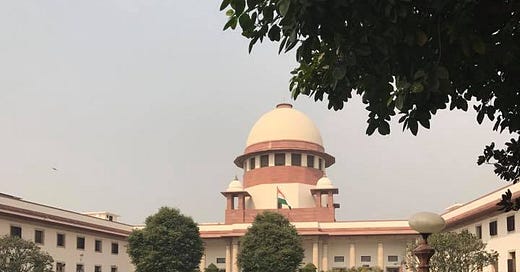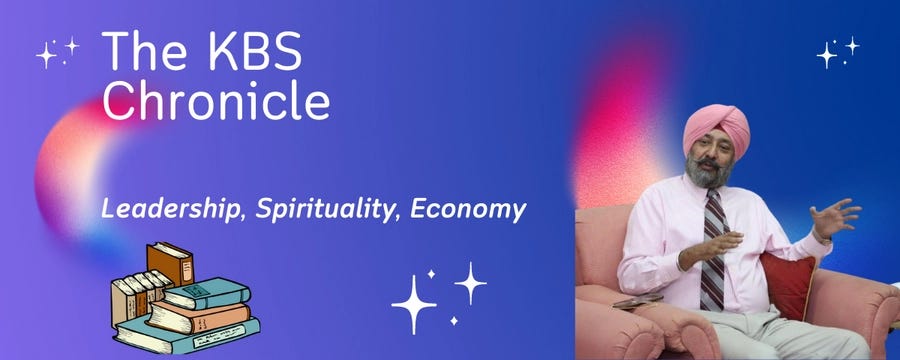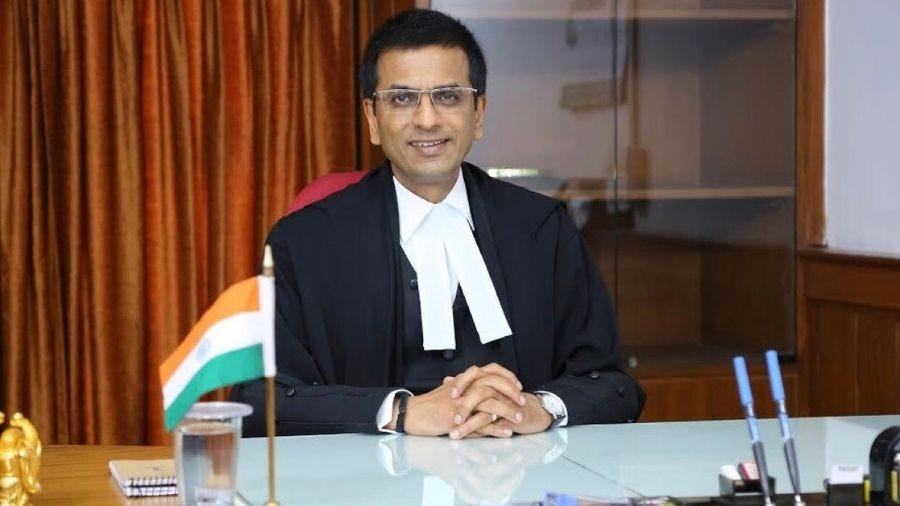Electoral Bond Donors—Hidden Forever, SC’s Verdict Notwithstanding?
The Petitioners and the Supreme Court failed to recognize the possibility of the Electoral Bonds being traded for cash after the initial purchase and before the final redemption.
Introduction: A Stir in the Realm of Transparency
The stern directive of the Supreme Court today (March 11) has catalyzed a wave of enthusiasm among those advocating for or expecting transparency and complete disclosure in political funding, especially in the context of the Electoral Bonds Scheme. By directing the State Bank of India (SBI) to disclose details of bonds purchased and redeemed by political parties by March 12, the Court seemed to be pushing the envelope towards more openness. The Election Commission of India has also been directed to divulge, by March 15, the identity of the political parties that eventually redeemed these bonds. However, the nuances of the Court's order have sparked a complex debate about the effectiveness of these measures in achieving true and total transparency.
A Sigh of Relief for the Government
Interestingly, the Supreme Court's decision has provided a measure of relief for the Government. The directive to SBI specifies the separation of donor identities from the political parties redeeming the bonds. This means the bank is to reveal the names of the purchasers and the denominations of the bonds, alongside the details of redemption by political parties, without linking the two datasets. This nuanced approach perhaps aligns with the Government's preference, which we argue, would ensure donor anonymity remaining intact in many if not most cases.
The Inherent Challenge of Linkage
The Supreme Court's directive, while groundbreaking, does not solve the inherent challenge of linking donors directly to political parties. The Electoral Bonds Scheme, by design, allows for a degree of anonymity that complicates direct transparency. The possibility that electoral bonds can be traded or exchanged— for cash consideration— before redemption by an intermediary introduces a layer of opacity that cannot be easily pierced by merely disclosing the detailed particulars of the first purchase and the final redemption.
The Scheme's Opaque Nature
A former Finance Secretary's opinion regarding the practical difficulties of matching bond donors to political parties underscore the scheme's inherent opaque nature. While the bank and the Supreme Court posit that it is technically possible to establish a connection, the time and effort required to do so would be substantial. This situation reveals a fundamental tension within the scheme—between the goal of transparency and the practicalities of maintaining donor anonymity.
Maintaining Anonymity Amidst Calls for Transparency
The crux of the issue lies in the anonymity of the de facto donors. In our previous article published on October 12, 2023, we highlighted the potential for electoral bonds to change hands— accompanied by cash (unaccounted) consideration— before being redeemed by a political party, complicating the traceability of the original donor. This mechanism ensures that, despite any Supreme Court directive, the identities of significant donors could remain shrouded in secrecy indefinitely. We reproduce below the relevant portion of the said previous article of ours.
A Possible Questionable Practice?
New Business Opportunities
Political insiders, intermediaries, and agents quietly acknowledge the emergence of a lucrative business avenue created by this development.
A Discreet Transaction Scenario
Secrecy in Political Contributions
Imagine an individual, perhaps a dubious businessman or a mafia figure, seeking to discreetly donate Rs. 1000 to a specific political party without attracting attention. They approach a reputable company or a high-net-worth individual with surplus funds in their books of account (popularly called white money) but in need of cash for a particular purpose, like a property purchase and offer to buy this Bond of face-value Rs1000/- for, say, Rs 900/-.
The Win-Win-Win Situation
Financial Incentive for All
Why would the company or entity receiving the cash agree to this arrangement, incurring a Rs. 100 loss? The answer lies in the fact that this Rs. 1000 donation is fully tax-deductible from their annual income, significantly reducing their income tax liability by around Rs. 300 to Rs. 350, depending on the applicable income tax rate.
Unofficial Brokers and Commissions
Facilitating the Transaction
Unofficial brokers involved in the process may receive a fee ranging from 1% to 2% for their services, while the collecting and issuing banks also earn official commissions.
The Challenge of Unveiling the Middleman
Despite the possibility of laboriously matching the original buyer to the final recipient political party, the identity of the intermediary—often the actual donor from the perspective of the political party—remains elusive. This intermediary, or middleman, operates in the shadows, facilitating the transfer of electoral bonds without leaving any digital, financial, or physical trail. Our prior analysis underscored this critical gap in the system, highlighting the inherent design flaw that allows for such opacity. The complexity of these transactions ensures that the true benefactor's identity, who engages with the political party, remains unrecorded and, consequently, unknown.
A Systemic Oversight
The inability of the Supreme Court, senior advocates, incisive journalists, retired bureaucrats, the State Bank of India (SBI), and the Election Commission of India (ECI) to fully appreciate this fundamental issue is symbolic of the crucial difference between theory and practice. The scheme, as conceived and implemented, maintains the anonymity of de facto donors, potentially forever, regardless of any directive issued by the Supreme Court. This perpetual anonymity arises from the lack of a tangible trail leading back to these donors, especially those who acquire bonds through intermediate cash transactions with companies that purchased the bonds initially. Such a scenario suggests that the scheme's actual operation may be far more opaque than what even its creators initially envisioned, inadvertently shielding the identities of donors who operate from behind a veil of secrecy.
Conclusion: A Quest for Transparency Thwarted?
The Supreme Court's today’s directives mark a seemingly bold step towards greater transparency in the financing of political parties through the now scrapped electoral bonds. Yet, the separation of donor identities from the parties redeeming the bonds, as mandated by the Court, seems to ensure that the veil of anonymity enveloping donors remains largely undisturbed, thanks to the potential presence of the undocumented intermediaries. This outcome may suggest that, in practice, the scheme continues to obscure the source of political donations, rather than illuminating it. As discussions around this issue evolve, the pursuit of a truly transparent system for political donations remains fraught with challenges and complexities. That said, the average macro picture is very clear, with the ruling party getting the lion’s share of the bonds, while the now scrapped scheme lasted1.
Electoral Bonds— Supreme Court hearing begins on 31st October
Electoral Bonds Scheme: Supreme Court to commence hearing from 31st October The Supreme Court has scheduled the commencement of hearings for the various petitions challenging India's "Electoral Bonds Scheme" on October 31, with expectat…








